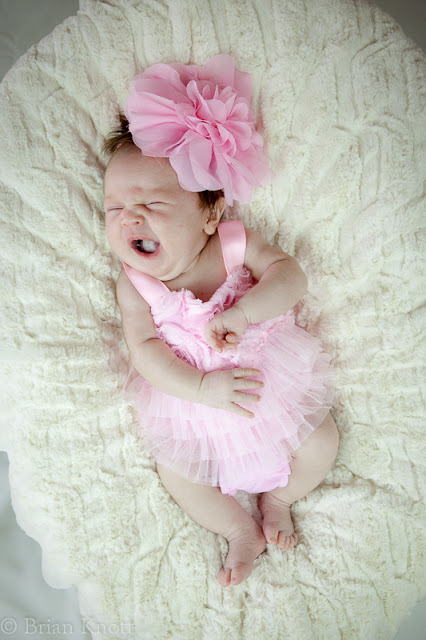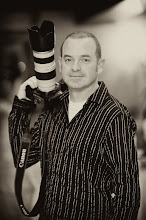Cathedral Peak Sunset Panoramic
Cathedral Lakes, Yosemite National Park, Ca.
Here's another from the Cathedral Peak area. This is sunset with an afternoon thunder storm clearing. Once you get up above the lakes the vista looking out towards Tuolumne Meadows (just to the left of the peak) is amazing. You can probably see past the northern boundaries of the park.
This is a 4 image vertical stitch. If you don't know what that means I'll try and sum it up. I basically shot this scene, from left to right, with 4 vertical images. So when I uploaded them off the camera there were 4 different images that in and of themselves probably didn't look like much. Then I use a feature in Photoshop CS4 called Photomerge (which is under file then automate). It automatically aligns the 4 images together to get this end result. I started with 4 vertical side by side images and now I have one horizontal image. Make sense? It's a lot more complicated to explain than it is to do.
I like using "stitching" because it gives you larger images (good for printing) and you can manipulate the limitations of your lenses. What I mean by that is if I had taken one full frame image of this scene (horizontally) it would only be the size of my sensor and megapixels (which happens to be full frame and 21.1 MP). So my whole image would have been about 5,600 by 3,700 pixels. Now by using 4 images and combining them my new image is much larger at 11,000 by 6,100 pixels. I can get a much bigger print out of that resolution (it's really more than twice as big as if I had done this with one shot).
Also as far as manipulating my lenses - it's a little more subtle than how it sounds. If my lens (I used a 16-35L here) could not get wide enough of a shot as I wanted, it's useful to tilt the camera 90 degrees and shoot three, four or five or more frames vertically and then stitch them. In layman's terms - let's say my camera sensor captures 4x6 inch images (ignore the math here - we're just dealing with the shape). So when the camera is sitting upright (normal positioning) the shape of the image would be 6 inches across and 4 inches high). When the camera is sitting on its side the image would be 4 inches across instead). So let's say the scene I wanted to shoot called for a horizontal image in the end but the trees or the sky was just too high up to fit it into that frame. I could rotate it so that the 6 inch inch side of the image was now vertical giving me more room to capture that tree or sky or whatever. Obviously the image isn't a horizontal one anymore so I would have to sacrifice the scene on both sides of that image if I left it like this. The work around is to do a few consecutive images in a row and then stitch them together in Photoshop.
There are some things that you need to know before shooting like this - that I found out the hard way about. Polarizing filters don't work well when you're moving the camera over such a large area of a scene. Remember that polarizing filters only work when they are 90 degrees from the Sun. So if you're covering 180 degrees of a scene you're only going to get half of it polarized leaving parts of the image, such as the sky, to be different tones and shades. It creates a mess to fix in post.
Also getting everything to be at the right angle can be a challenge. A tripod is a must obviously but having the right head can really make a difference in keeping things level. What might look like a good guess as to where to frame the next shot it might be slightly tilted. The end result is you'll have to crop the image down quite a bit to get it framed correctly.
Overlapping your images is also important. A good rule of thumb is when you are framing your consecutive shots overlap the area you shot prior by at least 1/3. This gives Photoshop more information to work with and also ensures that you don't leave out anything.
The Photomerge feature in CS is really very simple. It does everything for you and I've had nothing but great success with it.
























